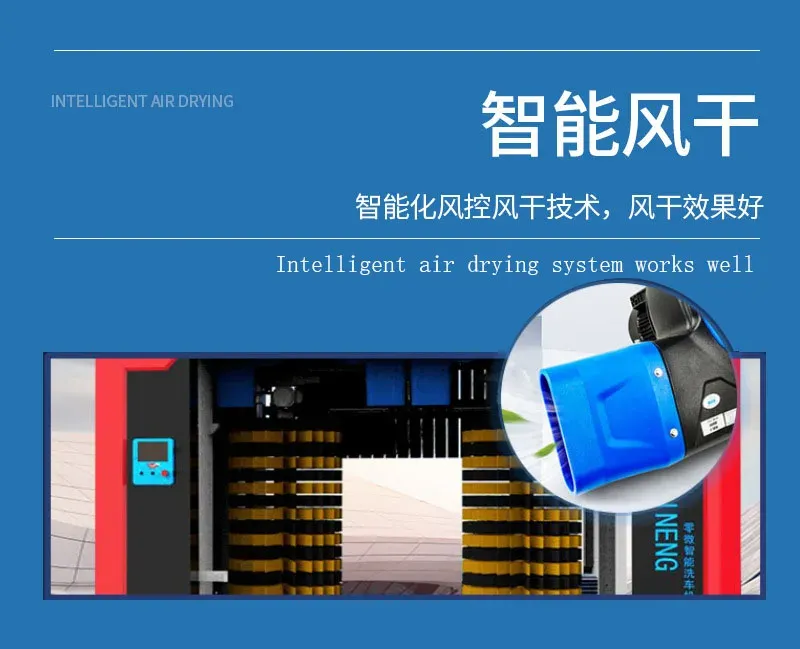
- Afrikaans
- Albanian
- Amharic
- Arabic
- Armenian
- Azerbaijani
- Basque
- Belarusian
- Bengali
- Bosnian
- Bulgarian
- Catalan
- Cebuano
- Corsican
- Croatian
- Czech
- Danish
- Dutch
- English
- Esperanto
- Estonian
- Finnish
- French
- Frisian
- Galician
- Georgian
- German
- Greek
- Gujarati
- Haitian Creole
- hausa
- hawaiian
- Hebrew
- Hindi
- Miao
- Hungarian
- Icelandic
- igbo
- Indonesian
- irish
- Italian
- Japanese
- Javanese
- Kannada
- kazakh
- Khmer
- Rwandese
- Korean
- Kurdish
- Kyrgyz
- Lao
- Latin
- Latvian
- Lithuanian
- Luxembourgish
- Macedonian
- Malgashi
- Malay
- Malayalam
- Maltese
- Maori
- Marathi
- Mongolian
- Myanmar
- Nepali
- Norwegian
- Norwegian
- Occitan
- Pashto
- Persian
- Polish
- Portuguese
- Punjabi
- Romanian
- Russian
- Samoan
- Scottish Gaelic
- Serbian
- Sesotho
- Shona
- Sindhi
- Sinhala
- Slovak
- Slovenian
- Somali
- Spanish
- Sundanese
- Swahili
- Swedish
- Tagalog
- Tajik
- Tamil
- Tatar
- Telugu
- Thai
- Turkish
- Turkmen
- Ukrainian
- Urdu
- Uighur
- Uzbek
- Vietnamese
- Welsh
- Bantu
- Yiddish
- Yoruba
touchless car wash system cost
The Cost of Touchless Car Wash Systems An In-Depth Analysis
In recent years, touchless car wash systems have gained immense popularity among car owners and entrepreneurs alike. These systems offer a convenient and effective way to clean vehicles without the risk of scratches or damage associated with traditional washing methods. However, as with any investment, understanding the costs involved in acquiring and maintaining a touchless car wash system is essential. This article will explore the various factors that contribute to the overall cost of these systems.
Initial Investment
The initial investment in a touchless car wash system can vary widely depending on several factors. Typically, the cost of entry-level systems starts around $25,000 to $50,000, while advanced and fully automated models can soar to $100,000 or more. Key components that affect pricing include
1. Equipment Quality Higher-end systems often feature more sophisticated technology, including advanced sensors and automated features, leading to higher upfront costs. 2. System Size The size of the car wash system—whether it's designed for a single vehicle or multiple lanes—also influences the price.
3. Installation Costs Installation can add significantly to the initial costs. It requires professional setup, which may run from a few thousand to tens of thousands depending on site preparation and additional fixtures needed.
4. Location The installation site plays a crucial role. If modifications are needed for plumbing or electrical work, costs can escalate quickly.
Ongoing Operational Costs
Once the system is installed, ongoing operational costs must also be considered. These include
1. Water and Electricity Touchless systems typically use high-pressure water jets and chemical solutions to clean cars efficiently. Water and electricity are often the biggest recurring expenses, and it's essential to factor in the cost of utilities based on local rates.
2. Chemicals and Supplies Touchless car washes require specific cleaning solutions designed for this method. The cost of these chemicals can vary depending on the supplier and the volume purchased.
touchless car wash system cost

3. Maintenance Regular maintenance is crucial for the longevity of a touchless system. Maintenance costs can include routine inspections, repairs, and parts replacements, which can be budgeted annually.
4. Labor Costs While touchless systems require less manual labor than traditional washes, there may still be a need for staff to manage the operation, customer service, and machine maintenance.
Value Proposition
Despite the significant initial investment and ongoing costs, multiple factors contribute to the value proposition of a touchless car wash system
1. Customer Satisfaction Many consumers appreciate the convenience of touchless washing, leading to better customer retention and increased sales.
2. Less Damage The absence of brushes means a minimized risk of scratches and paint damage, potentially reducing liability costs and increasing customer trust.
3. Environmental Considerations Touchless systems often use less water than traditional methods and can integrate eco-friendly chemicals, appealing to environmentally conscious consumers.
4. Scalability Owners can expand their business by adding more bays or upgrading existing systems in the future, allowing for increased revenue potential.
Conclusion
The cost of a touchless car wash system encompasses various factors from initial investment to ongoing operational expenses. While the upfront costs may seem high, the advantages it provides in terms of customer satisfaction, efficiency, and potential for growth make it a compelling option for both consumers and business owners. It is crucial for interested parties to consider all aspects of this investment, perform thorough market research, and calculate potential returns, ensuring that they make an informed decision that aligns with their financial goals and customer needs. By weighing the costs against the benefits, one can determine if a touchless car wash system is the right choice for them.
-
Integrating Aqua Tunnel Car Wash in Shopping CentersNewsJun.24,2025
-
Gas Station with an Auto Car Wash MachineNewsJun.24,2025
-
Efficiency in Your Aqua Tunnel Car Wash: Power & Water-SavingNewsJun.24,2025
-
Car Wash Business with Advanced Auto Car Cleaning MachinesNewsJun.24,2025
-
Balancing Setup Costs with Aqua Tunnel Car WashNewsJun.24,2025
-
Aqua Tunnel Car Wash: Eco-Design for the Energy-Savvy EntrepreneurNewsJun.24,2025



